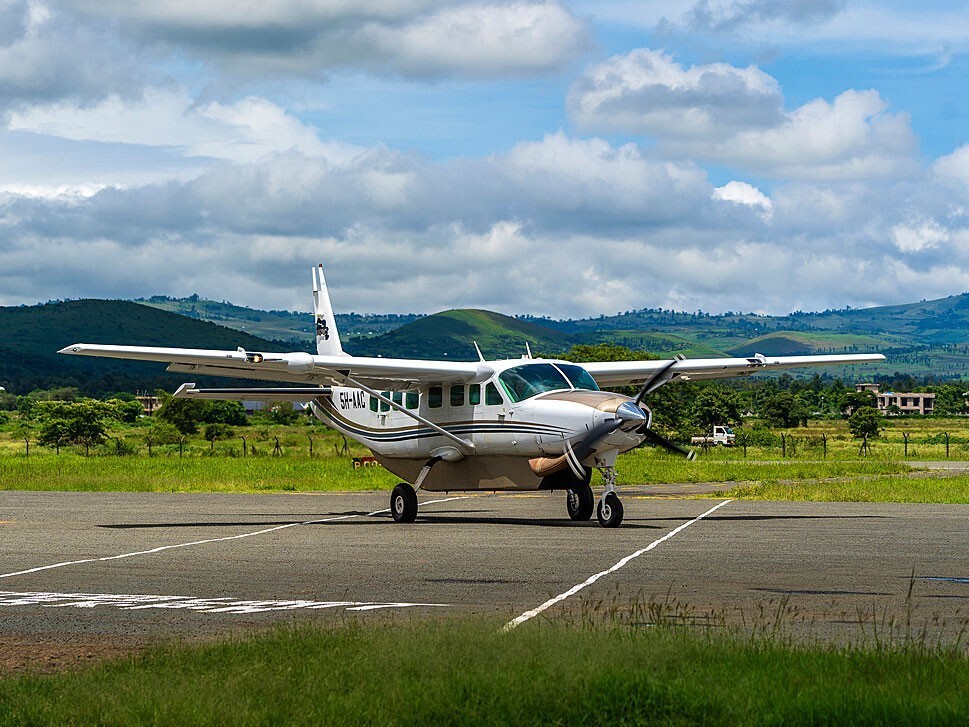- 28 Sep 2022
- Jane Stanbury
- AvBuyer Africa Articles
How Will Avionics Trends Impact African Aviation?
What exciting avionics developments are coming to Southern Africa’s aircraft, and how do they enhance the flying experience? Sherryn de Vos explores technologies that exclusively belonged on the pages of science fiction books…until recently!
Back to Articles
Digital growth and the evolution of tools and technology have been at the forefront of avionics developments for several years. However, the last few years have seen the industry making some great strides in this regard.
Statistics show that in 2020, the avionics industry was valued at around $32.9bn, with projections suggesting it will increase to $54.4bn by 2030 (source, Allied Market Research).
The leading avionics companies have been working on new products as well as upgrades to existing technology, and they will especially have an eye on capturing urban air mobility opportunities.
So, what can the industry expect to see emerge in the next few years? What futuristic technology is becoming a reality, and how can aircraft owners alike expect it to impact them? Following is a review of some of the top trends in avionics.
Digitization is Being Accelerated
Smarter, safer, and more sustainable travel is the focal point of the aviation industry, ultimately.
Overall, Flight Management Systems (FMS) are the focus of upgrades and updates. Avionics systems (including sub-systems, health monitoring systems, flight management, flight control, navigation and surveillance, electrical and emergency, communications, and systems electronics) are focal points for flight deck overhauls, according to Clinton Carroll, Managing Director of Aeronautical Aviation.
“The push is towards automation and digital [operations],” he says.
“Pilots are slowly realizing the massive improvement a digital cockpit makes to their situational awareness and decision-making,” he explains, adding “automation has the added benefit of reducing workload within the cockpit substantially.”
Safety-Based Technology is Key
Safety will always be the top priority in the development and growth of avionics, Carroll highlights. Also near the top of the list is the ease of use, type of use, and reduction of pilot workload in the cockpit.
The newer autopilots are brilliant in reducing pilot fatigue and are at the top of most buyers' minds at present, Carroll says.
Looking ahead into the near-term, priority will be placed on engine health monitoring systems, glass cockpits, and real-time data that enables faster decision-making.
Meanwhile, there’s a continued move toward avionics innovation that manages system-controlled complex tasks, end-to-end solutions and services via connected data, and performance-enhancing solutions to streamline operations.
A little further into the future, Artificial Intelligence (AI) will increasingly make real-time data more easily available for pilots and ground staff.
Is South Africa Lagging Behind the Rest of the World?
With so many exciting flight deck developments coming to owners and operators of private aircraft, where does Southern Africa sit in the pecking order? Is the aviation community operating in the region likely to be slower on the uptake than in other regions of the world?
“Not really,” Carroll says. “The only thing that is slow on the uptake is ADS-B, but other than that the trends are very similar [in Southern Africa as elsewhere].
“There is a lot of talk about AI in avionics developments,” he adds. “Are we there yet? I truly believe we are closer than ever. Garmin Autonomy systems are enabling aircraft to ‘think’ for themselves and help the pilot make decisions a whole lot faster and safer.
“The Autoland system they have in the Cirrus Vision jet, Piper M600, and Daher TBM 940 are prime examples of this.”
Where Autoland is installed in an aircraft, if the pilot becomes incapacitated for any reason, the press of a button activates the system, which will then locate the nearest airport with a runway that’s able to facilitate the aircraft, before navigating and safely landing the aircraft, notifying ATC of an emergency situation.
Autoland is just one of several strides in development, and the move toward a future of next-generation avionics. Together, these developments will improve operations, cybersecurity, and the customer experience simultaneously.
Related Articles
- 12 Jul 2022
- Sherryn de Vos
- AvBuyer Africa Articles
- 17 May 2022
- Sherryn de Vos
- AvBuyer Africa Articles


